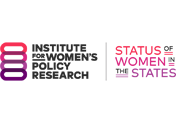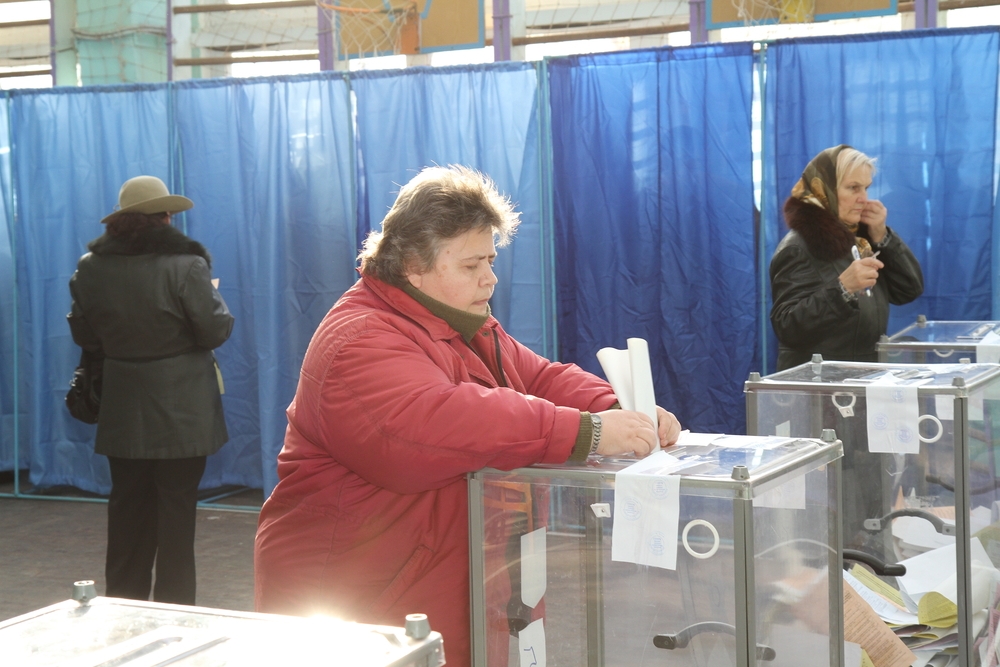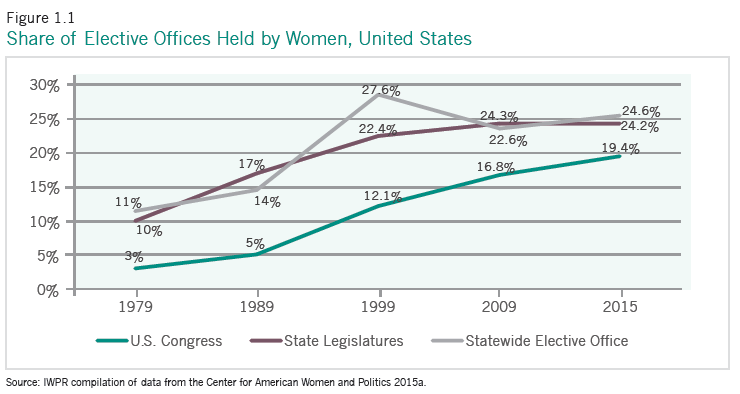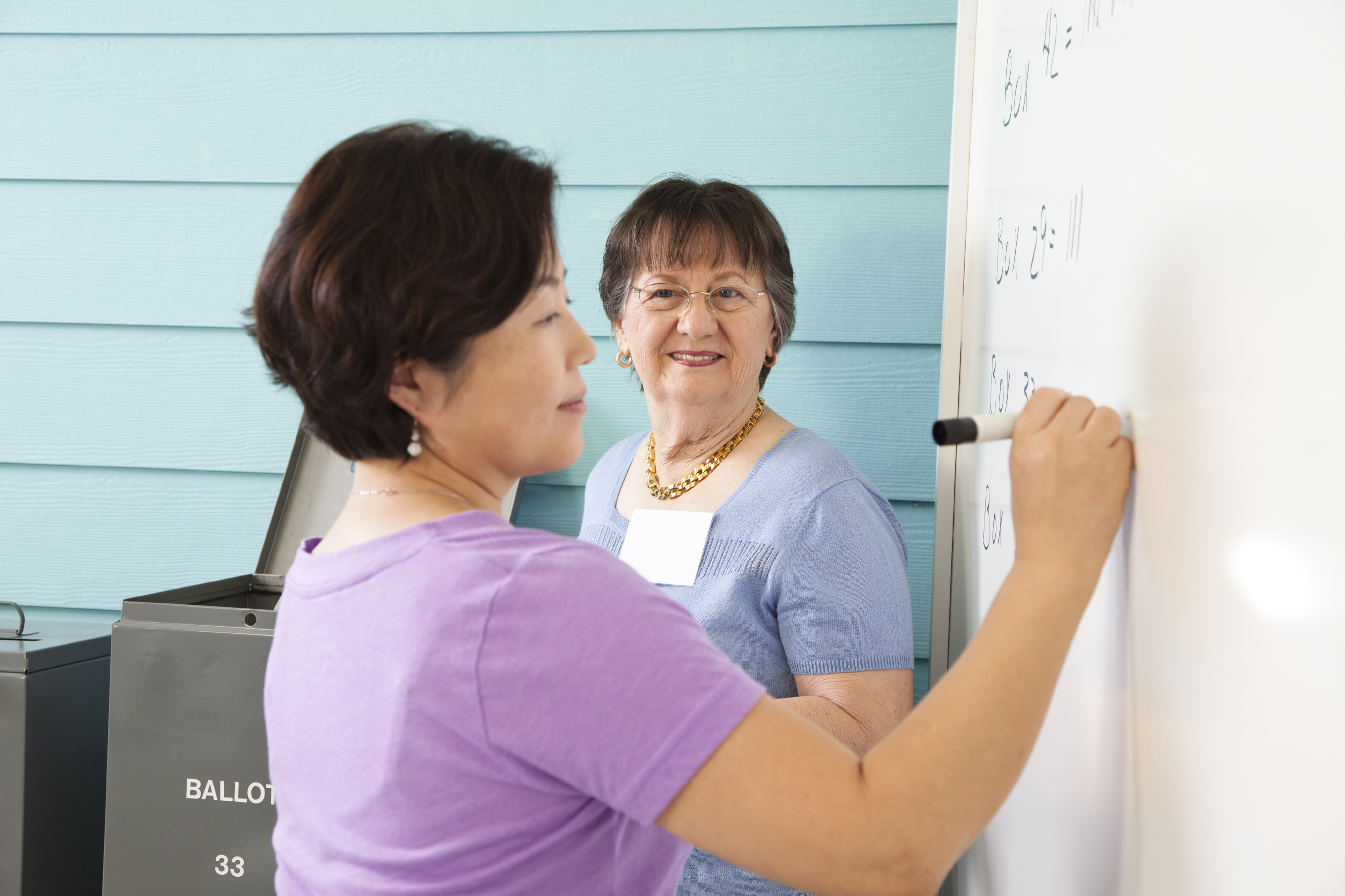
Political Participation
Between 2004 and 2015, the number and share of women in state legislatures and in the U.S. Senate and House of Representatives increased, while the number and share of women in statewide elective executive office declined (CAWP 2015a; IWPR 2004). Women’s voter registration and turnout also showed signs of both progress and lack of progress: the percentage of women who registered to vote was lower in the 2010/2012 elections than in the 1998/2000 elections, but the percentage of women who went to the polls increased during this period (Table 1.1; IWPR 2004).
View All State Rankings See Key Indicators| Best | Worst |
|---|---|
| 0. District of Columbia | 50. Utah |
| 1. New Hampshire | 49. Texas |
| 2. Minnesota | 48. West Virginia |
| 3. Maine | 47. Arkansas |
| 4. Washington | 46. Louisiana |



